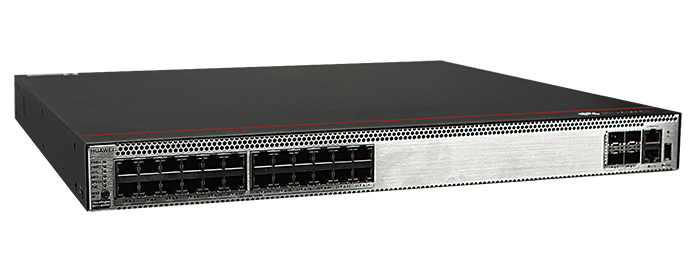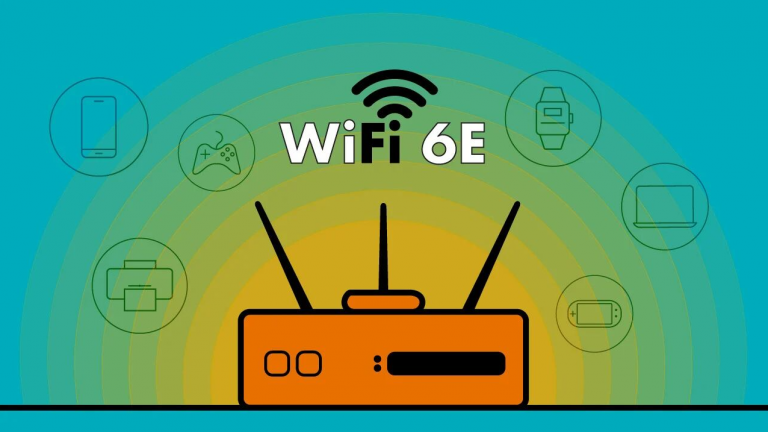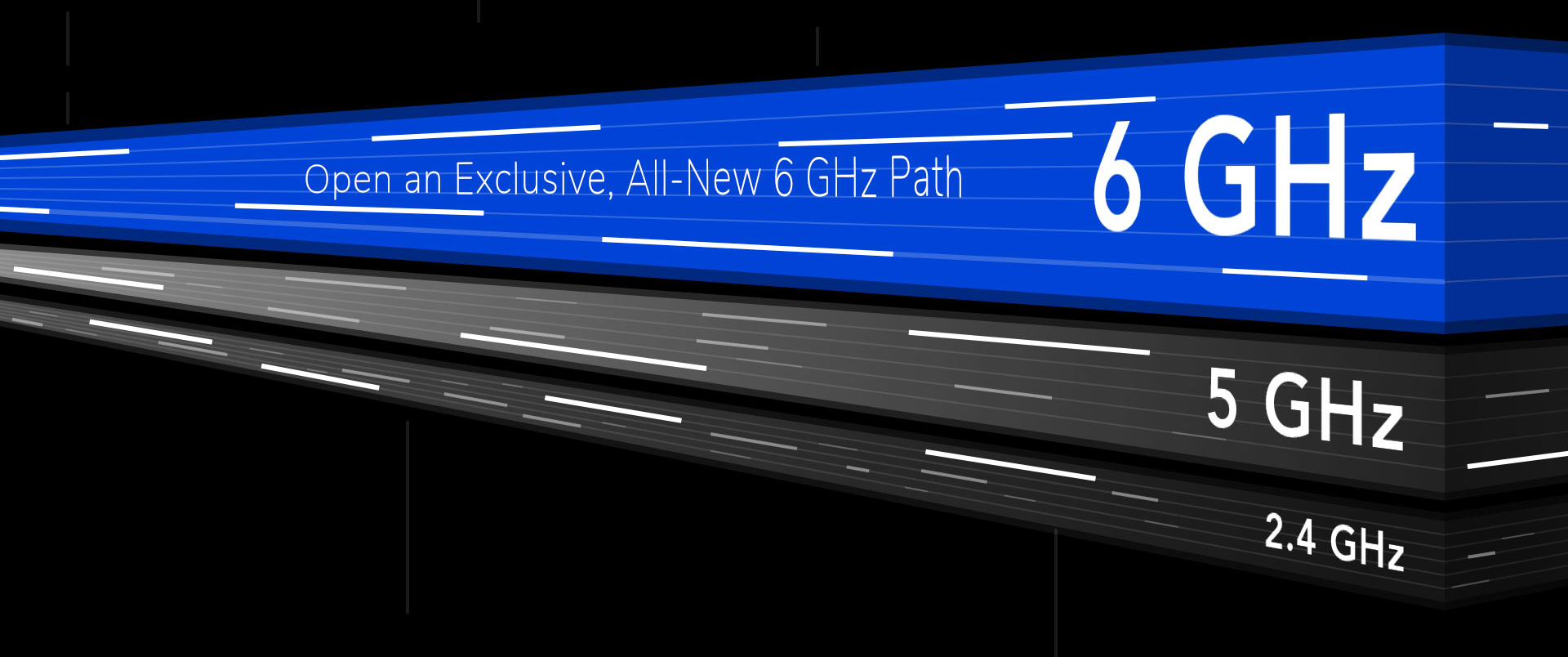































Today’s networks are limited by available spectrum- да. As organizations increase their use of bandwidth-hungry video streaming, deal with more clients and IoT devices connecting to the network, and accelerate the transition to cloud solutions, Wi-Fi becomes more congested and the user experience suffers. Wi-Fi 6E is an extension of existing Wi-Fi 6 technology that helps reduce network limitations and provides room for growth by more than doubling the available spectrum and enabling wider channels to reduce latency. This guide will outline six strategies to help you plan for this journey and future-proof your Wi-Fi investment.
The U.S. Federal Communications Commission (FCC) was the first regulator to make an additional 1200 MHz (5925-7125 MHz) of spectrum available for unlicensed Wi-Fi use in the 6 GHz band, and now many countries are following suit. Each country has its own approval process, and the amount of spectrum allocated may vary.
As countries around the world prepare for Wi-Fi 6E, businesses must focus on how this new network expansion technology can support their growth and improve application performance and end-user experience. Cisco Catalyst 9100 Series APs is a good choice, offering enhanced security, greater efficiency, and seamless connectivity. Ideal for high-density environments, these APs ensure reliable and high-speed internet access, driving better user experiences and productivity.

To maximize network coverage and provide the best user experience, comprehensive network coverage should be provided in the 2.4 GHz, 5 GHz, and 6 GHz bands. Indoor access points will primarily provide three bands, although dual-band solutions with different band combinations may provide another option.
● 3 20 MHz channels in the 2.4 GHz band are typically used for 2.4 GHz-only devices and IoT
● 6 80 MHz channels in the 5 GHz band, including DFS channels, are generally used for mainstream high-end devices
● 7 160 MHz channels in the 6 GHz band are tailored for the latest and highest performance devices
Wi-Fi 6E solutions need to achieve maximum network coverage with minimal bandwidth holes and enable any channel combination without performance degradation. One of the challenges involved is preventing interference between the high end of the 5 GHz band and the low end of the 6 GHz band.
● If nothing is done, coexisting radios operating in the upper half of the 5 GHz band and the lower half of the 6 GHz band will interfere with each other. Transmitters from one radio will overwhelm the receivers of adjacent radios.
● Access points will need hardware or software features to reduce this interference. This can be accomplished by avoiding certain channel assignment combinations when feasible, or by shielding and filtering between radios. Dynamic filtering of channel assignments can better manage Wi-Fi performance on adjacent channels and could become an area of differentiation between enterprise access points.

Hybrid workplace initiatives, IoT, and edge computing are breaking down traditional IT perimeters. At the same time, new security vulnerabilities emerge every day. Security should be built into Wi-Fi 6E solutions, not an afterthought.
All certified Wi-Fi 6E solutions include WPA3 and Enhanced Open security features to provide stronger encryption and authentication to protect user passwords and data on guest networks.
● Role-based policies that can replace manual configuration of static VLANs and ACLs. These policies should define appropriate access rights for employees, guests, contractors, and other groups on different wired and wireless networks to enable dynamic network segmentation.
● Wireless network segmentation for secure SSID isolation without deploying additional access points. For example, IoT devices and guest/visitor access can be configured and managed to meet specific security requirements.
● Integrated policy enforcement firewalls that can classify thousands of applications and implement granular policies based on application traffic
● Device analytics that can automatically classify all devices using deep packet inspection to track usage, understand behavior, and notify IT to implement the right policies.
Network engineers spend an average of 10 hours per week troubleshooting Wi-Fi issues.
1. To address this, Wi-Fi 6E solutions are incorporating advanced analytics and AIOps to improve the user experience. According to a recent survey, by 2023, 30% of enterprises will use AI-enabled tools to augment traditional monitoring methods, a significant increase from 2% in 2018 (Read “Use AIOps for a Data-Driven Approach to Improve Insights from IT Operations Monitoring Tools” for additional information).
2. Why? The use of AIOps improves operational efficiency by automatically identifying network, security, and performance issues using data models trained with AI and machine learning. With AIOps, telemetry data collected from wireless networks can be used to proactively resolve issues before they impact end users and business performance. AIOps can recommend solutions using a cloud-based management console.
● RF management automation that uses machine learning to support client density and data volume growth
● Built-in filtering that minimizes interference from cellular networks, distributed antenna systems (DAS), and commercial small cell or femtocell devices
● Client optimization that improves the roaming mobile user experience
● Application assurance that dynamically adjusts spectrum resources to help ensure stringent application performance service level agreements
● Improved cellular handoff technology that automatically and securely authenticates guests using the technology foundation of Passpoint® and Wi-Fi Calling
● Automated, AI-powered authentication that uses dynamic baselining, peer comparison, and anomaly detection to discover and diagnose problems

As with any new technology, it’s important to understand how it fits into your existing environment. In most cases, Wi-Fi 6E can be deployed over existing infrastructure, allowing for upgrades later.
Most enterprise-class Wi-Fi 6 access points will include three bands, increasing power requirements. Depending on the features, power requirements may be at the high end of PoE+ (802.3at Class 4). Edge switch power should be sufficient for most Wi-Fi 6E access points. If necessary, even high-end Wi-Fi 6E access points should be flexible enough to operate on limited power and should be configurable to enable/disable features based on available power.
Enterprise-class 6E access points are likely to include two Ethernet ports, with the ability to fall back to a single link for redundancy. These Ethernet ports will be capable of 802.3bz (smart rate) operation at 1, 2.5, or even 5 Gbps. Actual results are expected to be within the range that existing switching infrastructure can support.
Propagation losses in the 6 GHz band will be greater than 5 GHz, but the difference will not be significant. Propagation and transmit power levels will be very similar to 5 GHz devices. Network designers should not need to change their guidelines from Wi-Fi 6 to Wi-Fi 6E.

To properly integrate Wi-Fi 6E into current IT infrastructures, the Wi-Fi Alliance has developed a set of standards to ensure that new wireless technologies are thoroughly tested and fully supported for all new features. The certification process provides assurance that products meet the highest standards, so you can buy with confidence.
The certified status of Wi-Fi 6E means that it has been tested in multiple configurations across multiple devices to ensure that it has a certain level of interoperability. Therefore, Wi-Fi 6E is unlikely to encounter interoperability issues and supports backward compatibility. As part of the standard, the 6 GHz band is a dedicated band reserved for 6E devices, which only improves the efficiency of the band.
● Can increase bandwidth, provide higher performance and low latency 160 MHz channel
● Can reduce network discovery and roaming time, more effective 6 GHz band channel discovery
● Can significantly improve the battery life of Wi-Fi devices such as IoT target wake time (TWT)
● Can effectively share channels in high-demand environments, improving Orthogonal Frequency Division Multiple Access for network efficiency and reduced latency (OFDMA)
● Bi-directional that allows the access point to communicate with multiple clients simultaneously
● Multi-user, multiple-input, multiple-output (MU-MIMO) WPA3 and Enhanced Open
Any migration to a new standard should begin with a pilot in your environment. If it is a new build, you should consider the ideal access point spacing and future growth. If it is an upgrade to an existing building, it is important to ensure that the current infrastructure can meet future needs.
Through the pilot, you can proactively identify issues that hinder optimal performance and better prepare for the popularization of Wi-Fi 6E devices.This will ensure that the official operation of this program is more successful, with the highest performance and higher user satisfaction.
● How does a cluster of Wi-Fi 6E access points perform compared to the rest of the network?
● How do Wi-Fi 6E access points fit into a larger network?
● What power considerations need to be made in my environment?
● What backhaul considerations need to be made?
● How do I ensure business continuity and failover for power and data?
● Where is the best location for Wi-Fi 6E access points?
● How should I use the lessons learned from the pilot to best plan for the live rollout?
These solutions allow you to benefit from the recently allocated unlicensed spectrum in the 6 GHz band, delivering greater Wi-Fi capacity at higher speeds than ever before. Hi-Network.com provides more solutions and supports about WiFi 6E to better address the needs of more client and IoT devices, high-bandwidth applications, and new use cases such as high-definition video and augmented reality/virtual reality.
 Горячие метки:
В сети интернет
Wi-Fi Wi-Fi
wireless
access point
Cisco Wi-Fi 6
Wi-Fi 6E
Горячие метки:
В сети интернет
Wi-Fi Wi-Fi
wireless
access point
Cisco Wi-Fi 6
Wi-Fi 6E